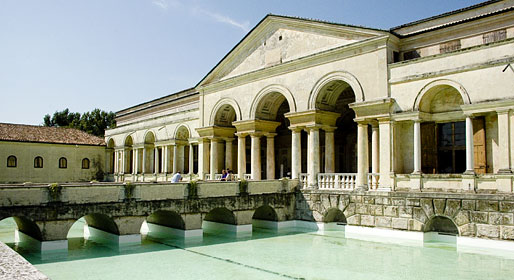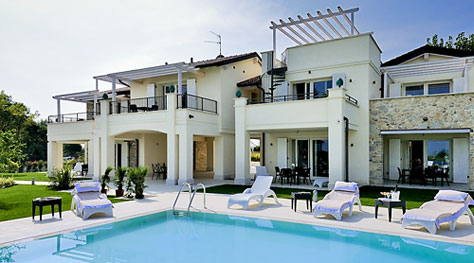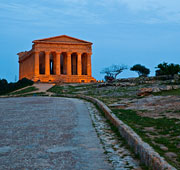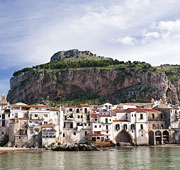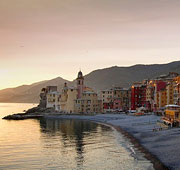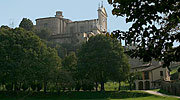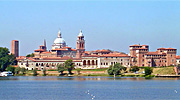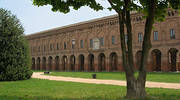Gonzaga family treasures
Journey to Mantua, where every piazza recounts a tale of centuries of art.
An itinerary exploring the land of the Gonzaga, can but commence in the city of Mantua.
The city within the city
Our visit starts in the splendid Piazza Sordello, home to two of Mantua's most important edifices: the Cathedral and the Palazzo Ducale.
Dedicated to San Pietro, the Cathedral was built on the site of an early 4th century Paleo-Christian church.
Twice destroyed by fire and subsequently rebuilt, first in the late 14th century, during the reign of Francesco I Gonzaga, and then again in the 16th century, the cathedral offers a fabulous display of renaissance gothic and baroque styles.The Carrara marble façade is an 18th century baroque addition.
Built towards the end of the 13th century, Palazzo Ducale was the splendid residence of the noble family who governed Mantua. A city within a city, this vast complex comprises courtyards, palazzi, churches, hanging gardens and arcades.
The frescoed ceiling of the Camera degli Sposi, painted by Mantegna in the late 15th century, is one of the artist's most famous works
Herbs and tea
The picturesque Piazza delle Erbe, square in which a buzzing market is still held to this very day, lies in the heart of the city. This is where to find Mantua's Torre dell'Orologio and the Romanesque Rotonda di San Lorenzo church, constructed in 1082 for Matilde di Canossa.
Not far from here, there is another magnificent house of worship: Basilica of Sant'Andrea, work of the legendary 15th century Florentine architect, Leon Battista Alberti.
Palazzo Tè, close to the city center, functioned as the Gonzaga's suburban residence, built in the 16th century for Federico II Gonzaga. The sumptuous interiors, adorned with frescoes, friezes and ornamental motifs are, quite simply, spectacular
Mincio river trip
Whilst in the vicinity of Mantua, visitors should be sure to take a boat trip along the Mincio river, so as to explore the Mincio Valley Nature Reserve, one of Italy's most important marshlands, and home to dozens of species of birdlife.
The journey commences at the little port of Grazie di Curtatone, village traditionally inhabited by fishermen and their families.
Grazie di Curtatone provided the set for Bernardo Bertolucci's film "1900", starring Robert De Niro, Gérard Depardieu, Donald Sutherland, and Burt Lancaster
Gonzaga's sexagram
Just 33kms away from Mantua, lies Sabbioneta, another town which reached its maximum splendor under the reign of the Gonzaga dynasty.
Now an UNESCO world heritage site, the town was founded by Vespasiano Gonzaga, and designed in the form of a six pointed star, bordered by high defensive perimeter walls. Important edifices here include the 16th century Palazzo Ducale and the Teatro Olimpico. Sabbioneta's theatre, built between 1588 and 1590 by the Vicenza-born architect Vincenzo Scamozzi, was designed so as to resemble a classical Roman amphitheatre
Castiglione delle Stiviere, birth town of San Luigi Gonzaga is well worth a visit. Ferrante Gonzaga (father of Luigi) founded the town, thus making Castiglione an important principality.

